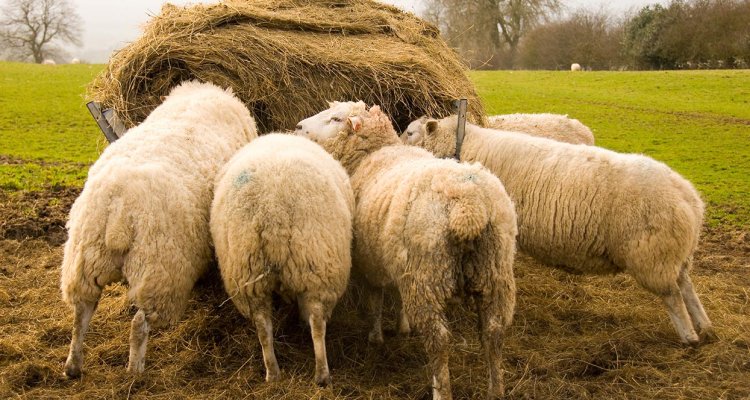
Nutrition and Metabolism
Worldwide agricultural land use and feed production must become more efficient. An important way to achieve this aim, is to optimise the use of feed resources, for example in terms of nutrient flows. The discipline of Nutrition and Metabolism investigates the interaction between animals and their nutrition.
Specialisation in a nutshell
Nutrition and Metabolism aims to understand the relation between nutritional demands, diet formulation, digestion and metabolism in animals, and their responses in terms of growth, production and waste. The aim is to optimize nutrition for the production of safe and healthy foods for human consumption, to safeguard the animal's own health and welfare and to prevent negative effects of nutrition on the emission of waste to the environment.
This specialisation has five thesis tracks:
- Adaptation Physiology (ADP)
- Aquaculture and Fisheries (AFI)
- Animal Nutrition (ANU)
- Cell Biology and Immunology (CBI)
- Human and Animal Physiology (HAP)
Thesis and internship
A thesis or internship project for the specialisation Nutrition and Metabolism is conducted at the ADP, AFI, ANU, CBI or HAP chair group and results in a scientific report and a presentation. A thesis project usually links up with ongoing research at one of these research groups or is conducted in cooperation with commercial or (non-)governmental organisations. At the websites of the different chair groups, you can find more information about research topics.